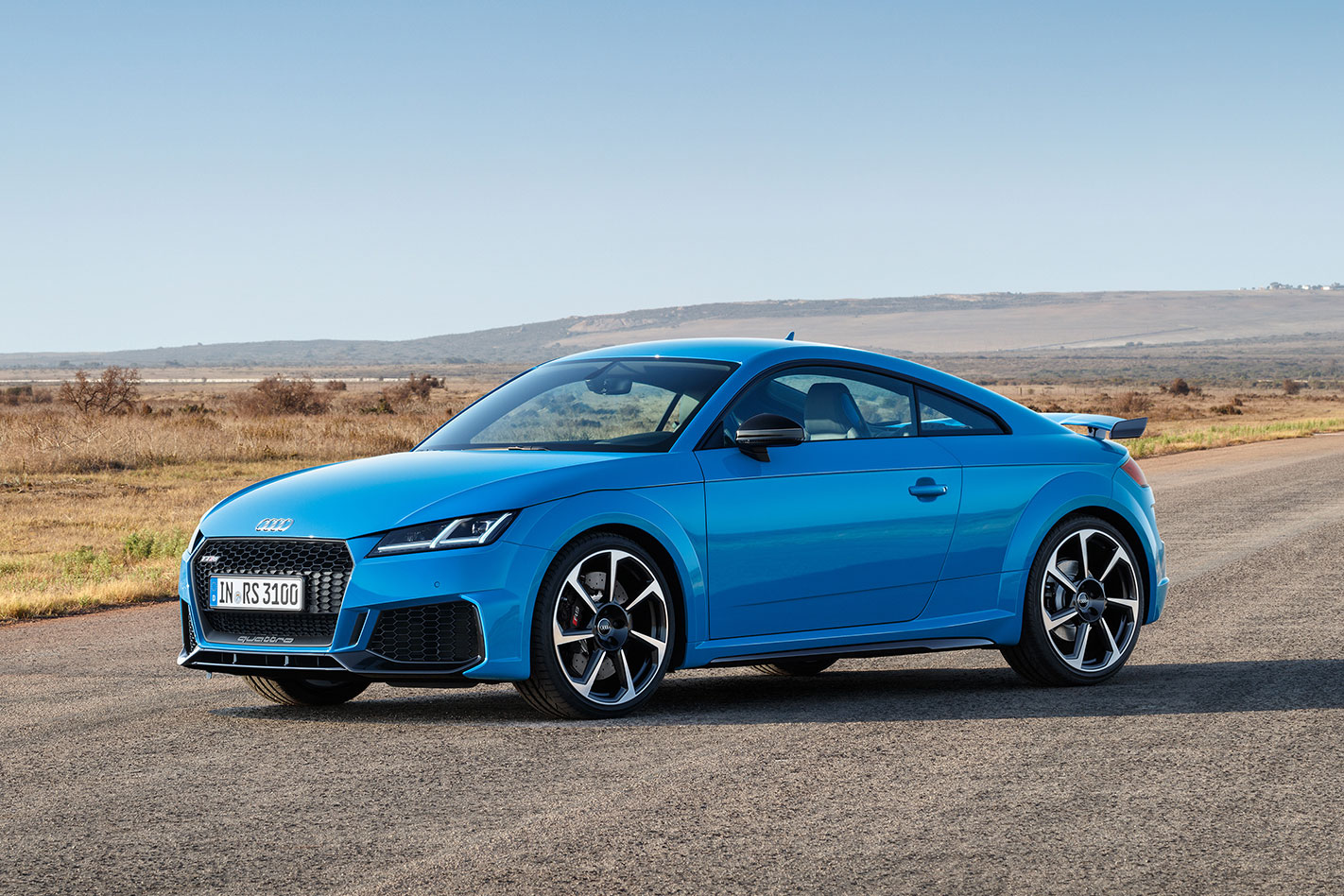Real drivers don’t rate the Audi TT. That’s what we’re told, isn’t it? That if you’re serious about driving, a Porsche Cayman or a Lotus Evora or one of many other alternatives was preferable to the rather fey TT. Yet those same voices would parrot eulogies about the Volkswagen Golf GTI, a car that was mechanically similar to some TT variants. How curious.
Still, sales have been healthy enough to support the TT across a quarter of a century, Ingolstadt only now culling the current run with Final Edition versions in the UK. That’s quite an innings, divided between the Golf Mk IV based original 8N (1998-2006), the second-gen 8J that sat on Golf Mk5 bones (2006-2014) and the final 8S (2014-2023) on the Golf 7’s MQB platform.
It’s hard to underscore quite what an impact the TT had. People would stop and stare in the street when it was new. There were elements of the Bauhaus design philosophy in elements of its execution, but it can also be argued that nothing as explicitly and deliberately styled as the TT could ever be truly described as adhering to Bauhaus’ strict economy of means.
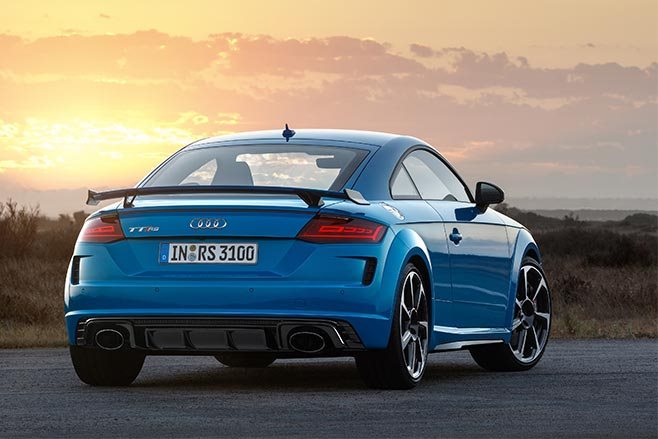
First seen at the 1995 Frankfurt Show, the TT Concept wasn’t launched for another three years due to difficulties in productionising the laser technology for the seamless body welds.
Its show-car styling was the main talking point until early adopters started crashing them at high speeds, Audi rushing a fix into place including a small rear spoiler, electronic stability control and remedial tweaks to the rear suspension.
Available in either front- or quattro all-wheel drive, coupe or roadster, four-pot or V6, the TT was also the very first right-hand-drive production car to be fitted with a dual-clutch transmission (2003).
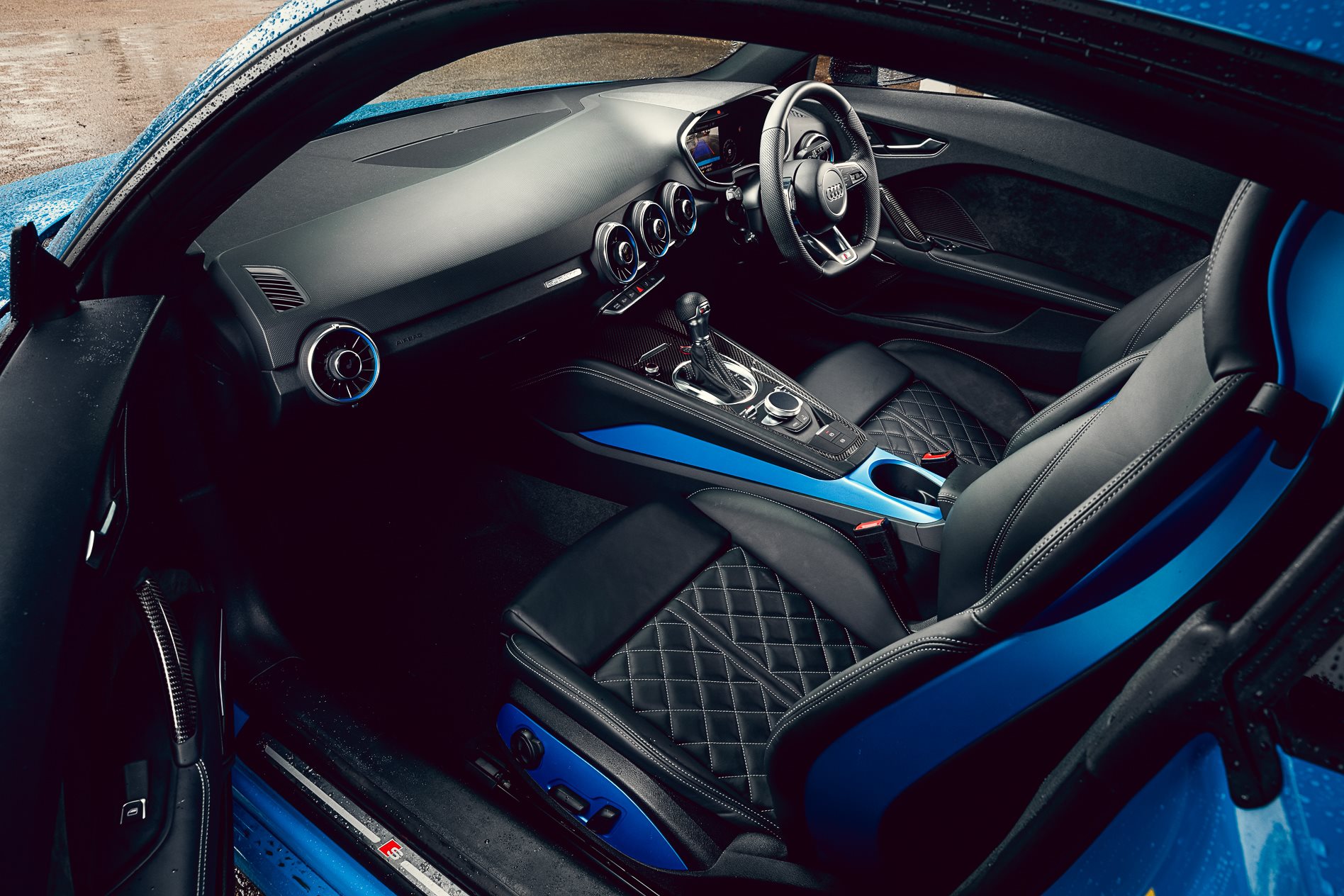
Audi introduced a better but lower-key second generation TT in April 2006. Although the arcing roof profile remained, the details were toned down by Walter de’Silva’s design team to create a less extrovert but more technologically progressive vehicle on a far more capable chassis. The third-gen 8S refined what had gone before, with the excellent MQB chassis acting as the foundation.
As a result, the last TT RS versions were a hoot as all-weather driver’s cars. The brakes were massive, the power mighty, the soundtrack stirring and the sheer grip hugely reassuring. They’re mechanically tough too. No wonder they fared so well at Targa rallies.
There aren’t too many bargains around in the sports car market these days, but a well-looked-after third-gen TT RS offers huge bang for your buck. It’ll be missed.

Will an electric TT cross over?
Audi’s board member for technical development, Oliver Hoffman, is on record noting that, “We want to add some very emotional cars to our portfolio, but a direct follower for the TT is not the answer. We can’t just say we’ll do the TT in an electric way.”
In other words, expect the next TT to morph into an electric crossover, possibly built off the Activesphere concept, with some speculating that the TT and A5 Coupe lines will merge into one five-door lifestyle vehicle.
| Aussie sales | |
|---|---|
| 999 | 399 |
| 2000 | 435 |
| 2001 | 437 |
| 2002 | 309 |
| 2003 | 395 |
| 2004 | 242 |
| 2005 | 217 |
| 2006 | 168 |
| 2007 | 933 |
| 2008 | 942 |
| 2009 | 646 |
| 2010 | 455 |
| 2011 | 432 |
| 2012 | 293 |
| 2013 | 184 |
| 2014 | 125 |
| 2015 | 651 |
| 2016 | 545 |
| 2017 | 252 |
| 2018 | 187 |
| 2019 | 79 |
| 2020 | 58 |
| 2021 | 42 |
| 2022 | 41 |
We recommend
-
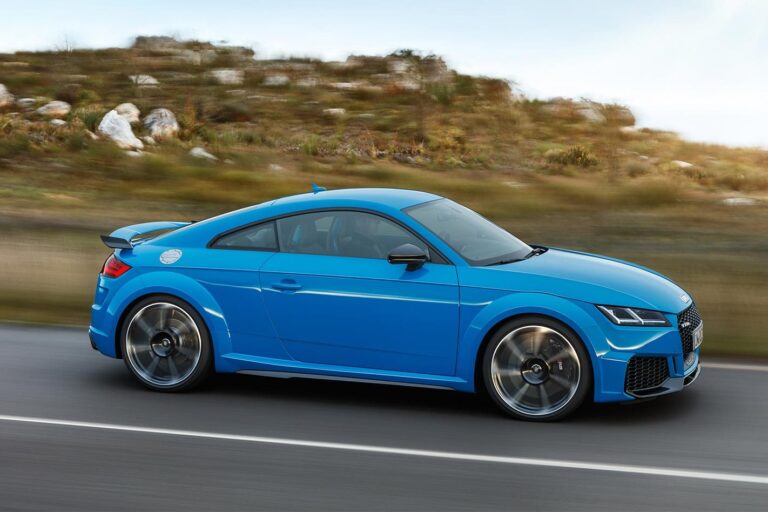 News
NewsThe last version of Audi TT RS lands in Australia
The swansong for Audi’s baby supercar is upon us as the five-pot TT arrives
-
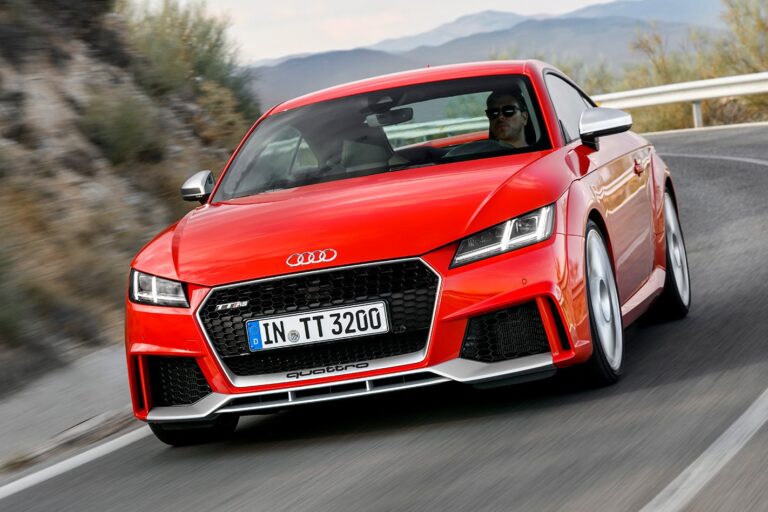 Reviews
Reviews2017 Audi TT RS review
The Audi TT RS can rival an R8, with half the cylinders
-
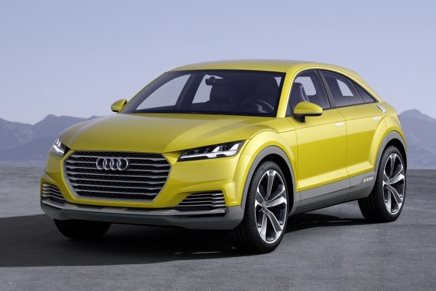 News
News2015 Geneva Motor Show: Audi tips TT-based SUV
Audi TT Q crossover could go into production, says Audi board member


